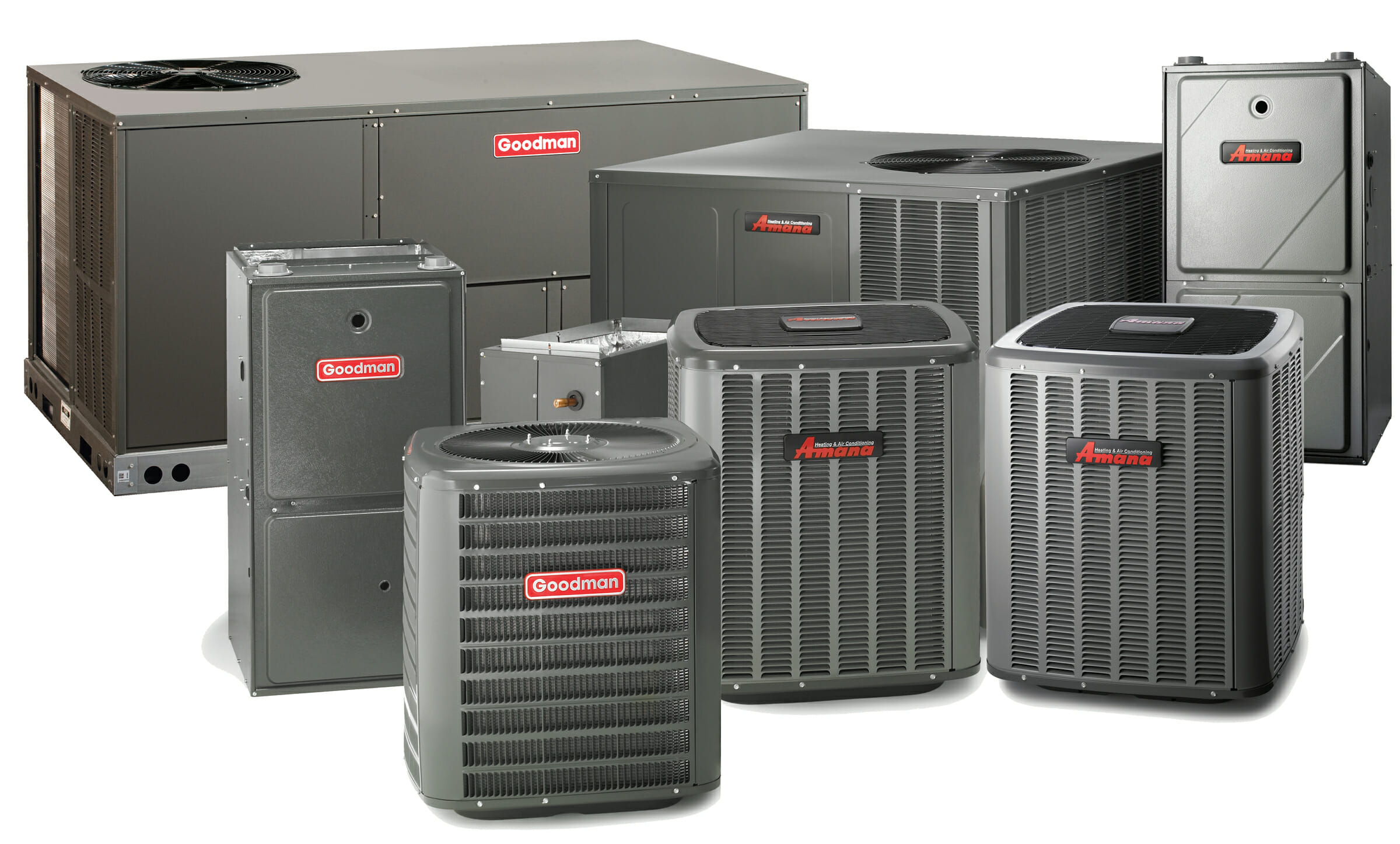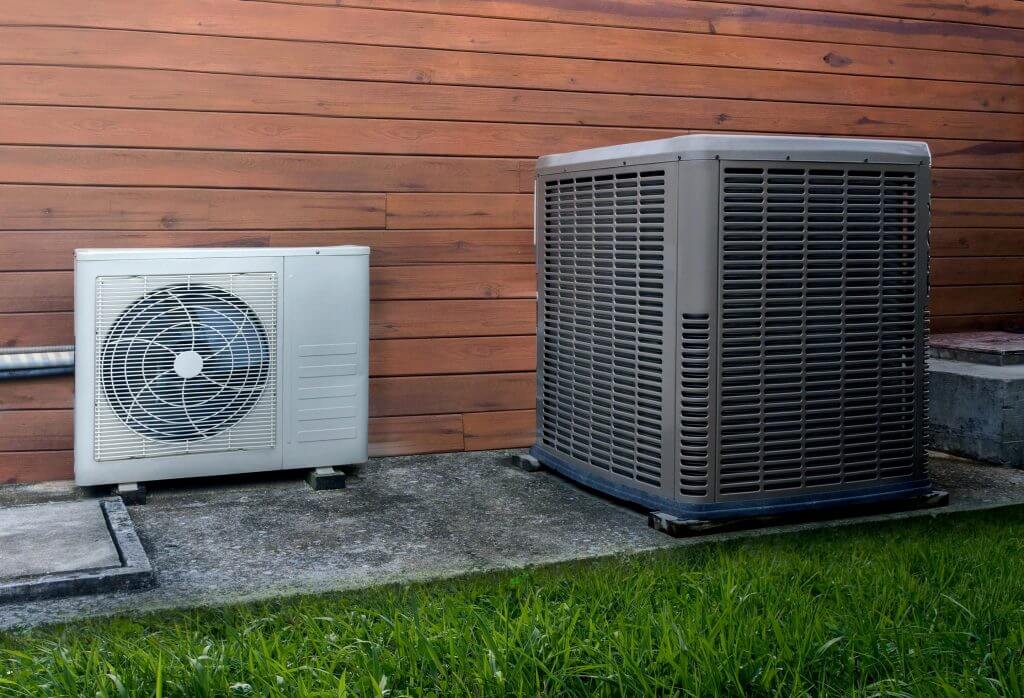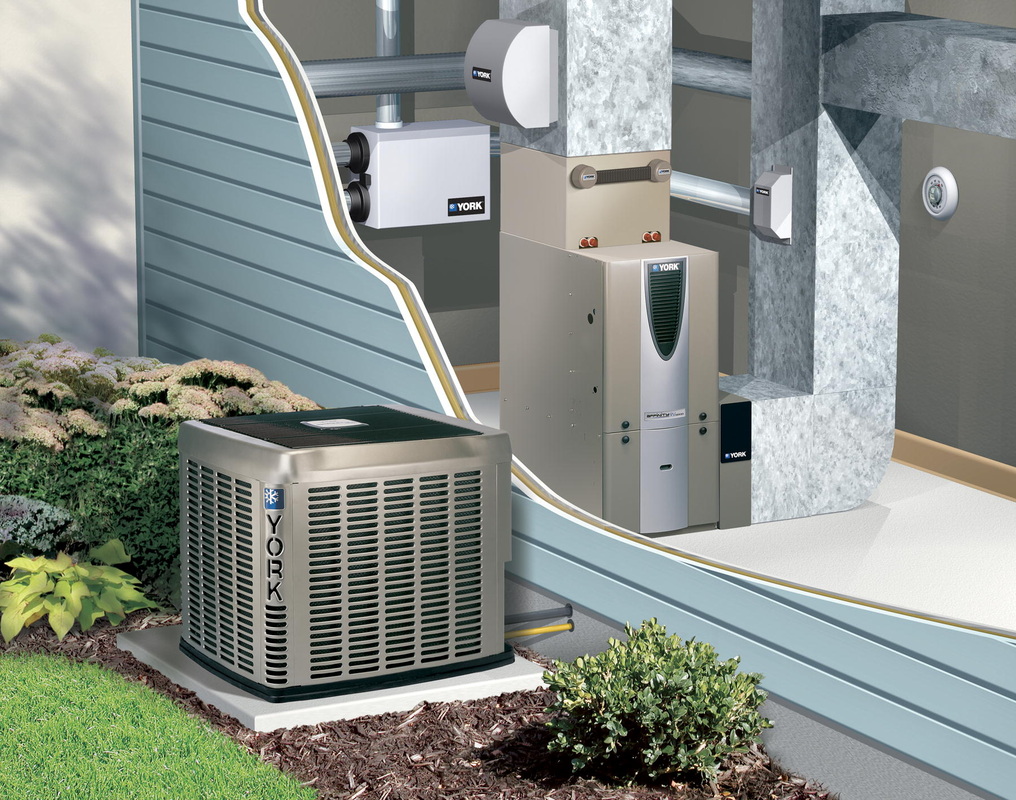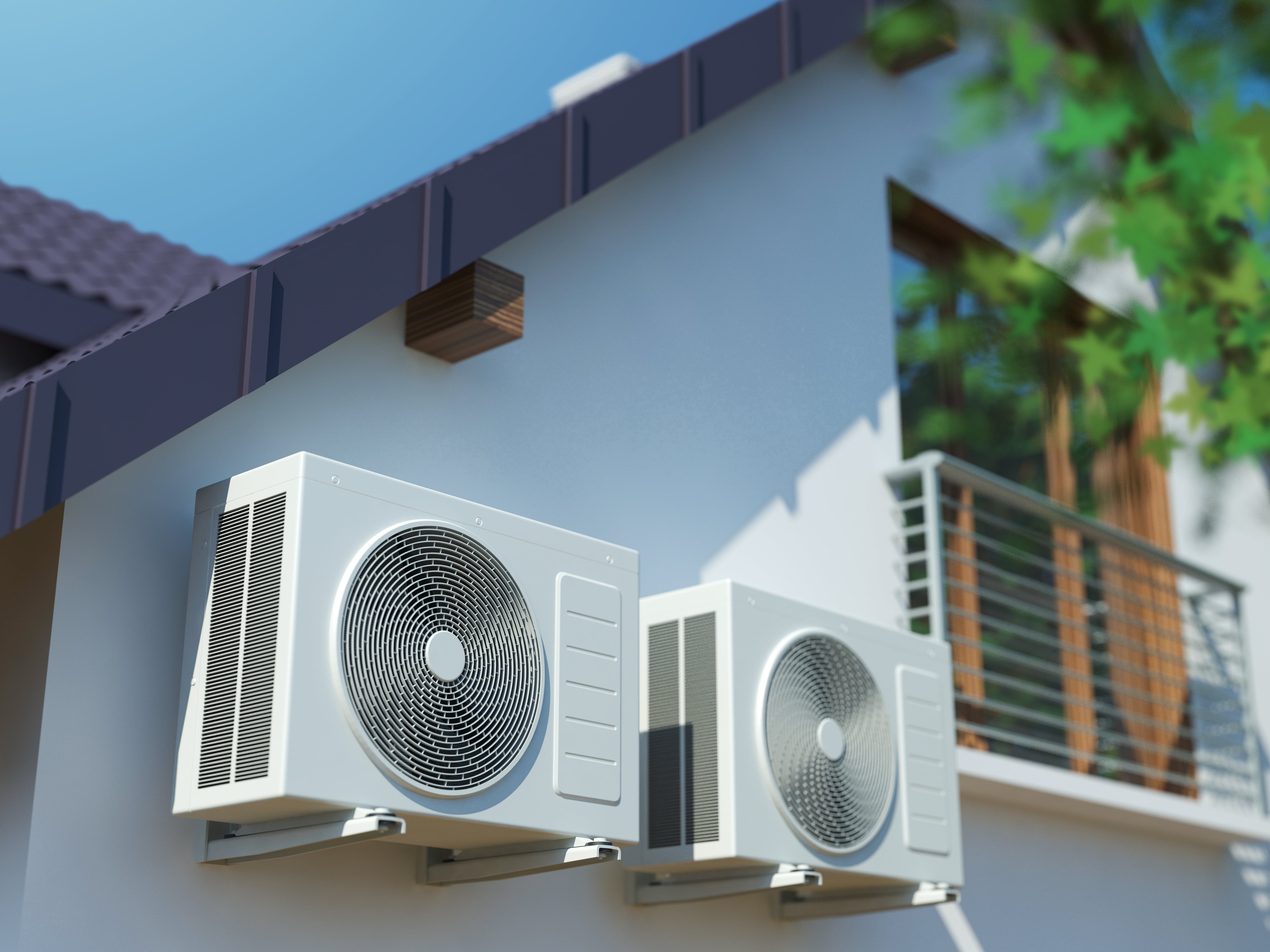Heat And Air Conditioning Systems Prices
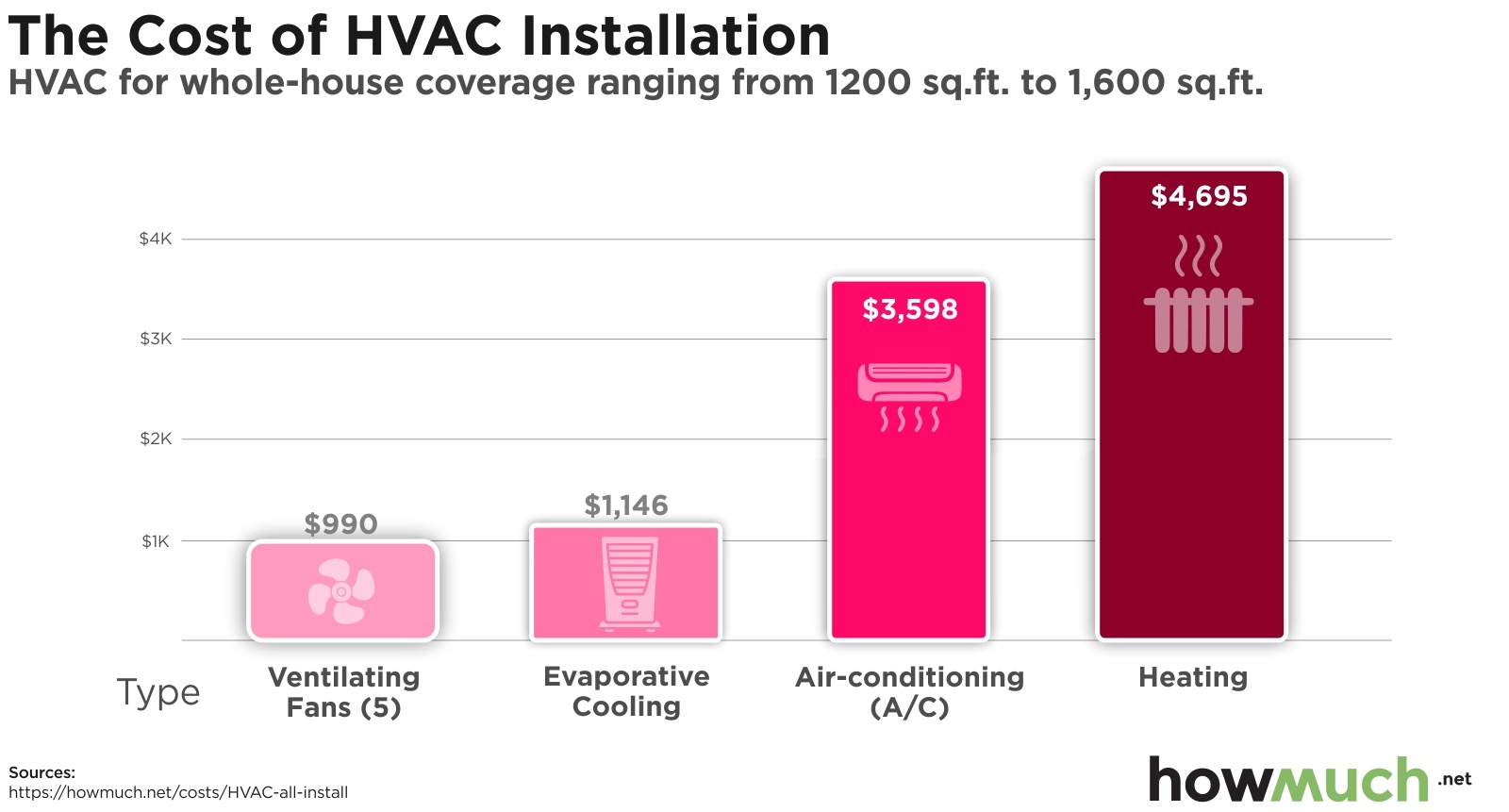
One of the most frustrating experiences for homeowners is a sudden spike in their heat and air conditioning system prices, often manifested in unexpectedly high utility bills. This issue can stem from various factors, ranging from simple maintenance oversights to significant system malfunctions. Before you panic and assume the worst, let's walk through a methodical troubleshooting process to identify the cause and, hopefully, implement a DIY fix.
Step 1: Initial Assessment - Gather Data and Observe
Before diving into any technical aspects, start with a comprehensive data collection phase. This will provide a baseline for comparison and help you pinpoint when the problem began.
Analyzing Your Utility Bills
The first step is to carefully examine your recent utility bills. Compare your current bill to previous months and years, paying close attention to:
- Total energy consumption: Is there a significant increase compared to the same period last year?
- Daily or weekly usage patterns: Some utility companies provide detailed usage charts. Look for any unusual spikes.
- Weather conditions: Consider if the recent weather has been exceptionally hot or cold, as this naturally increases energy consumption.
Remember to factor in any changes in your household, such as adding new appliances or having more people living in the home. These factors can contribute to higher energy usage.
Observing Your System's Performance
Next, observe your heating and cooling system in operation. Pay attention to the following:
- Airflow: Are the vents delivering a strong, consistent airflow? Weak airflow can indicate a blockage or a problem with the blower motor.
- Unusual noises: Listen for any rattling, squealing, or grinding noises coming from the unit or the ductwork. These sounds often signal mechanical problems.
- Cycling patterns: Is the system turning on and off frequently (short cycling)? This can indicate an undersized unit, a refrigerant leak, or a dirty air filter.
- Temperature consistency: Are some rooms significantly warmer or cooler than others? This can point to issues with ductwork, insulation, or zoning.
Document your observations carefully. These notes will be invaluable in diagnosing the problem and communicating with a professional if needed.
Step 2: Simple DIY Checks and Fixes
Once you've gathered initial data, you can move on to some simple DIY checks that can often resolve common issues leading to increased heat and air conditioning system prices.
Air Filter Inspection and Replacement
A dirty air filter is one of the most common culprits behind inefficient HVAC operation. A clogged filter restricts airflow, forcing the system to work harder and consume more energy.
Locate your air filter, typically found in the return air vent or inside the air handler unit. Inspect the filter for dirt and debris. If it looks dirty, replace it with a new filter of the same size and type.
Important: Use the correct filter size and MERV rating recommended by your system manufacturer. Using the wrong filter can damage your equipment.
Replace your air filter every 1-3 months, depending on the level of dust and pollen in your environment. This simple maintenance task can significantly improve your system's efficiency and reduce energy costs.
Thermostat Settings and Programming
Incorrect thermostat settings can also lead to higher energy bills. Ensure that your thermostat is properly programmed and set to comfortable but energy-efficient temperatures.
Check your thermostat programming to ensure it aligns with your daily schedule. Program the thermostat to automatically adjust the temperature when you're away from home or asleep. For example, you can set the thermostat to a higher temperature in the summer when you're at work and lower it when you return home.
Consider using a programmable or smart thermostat to automate temperature adjustments and optimize energy savings. Smart thermostats can learn your habits and adjust the temperature accordingly, further reducing energy consumption.
Verify the thermostat's accuracy. Use a separate thermometer to check the temperature near the thermostat. If there's a significant discrepancy, the thermostat may need to be recalibrated or replaced.
Checking for Obstructed Outdoor Unit
The outdoor unit of your air conditioner (the condenser) needs to be free from obstructions to operate efficiently. Anything blocking airflow can cause the system to work harder and consume more energy.
Inspect the area around the outdoor unit, removing any leaves, branches, weeds, or other debris. Ensure that there is at least 2-3 feet of clearance around the unit.
Clean the condenser coils using a garden hose. Gently spray the coils from the inside out to remove any dirt or debris that may be clinging to them. Avoid using a high-pressure washer, as it can damage the delicate fins.
Important: Turn off the power to the outdoor unit before cleaning it to prevent electrical shock.
Sealing Air Leaks
Air leaks in your home can significantly increase energy consumption by allowing conditioned air to escape and unconditioned air to enter. Sealing these leaks can make a noticeable difference in your utility bills.
Inspect windows and doors for gaps and cracks. Caulk or weatherstrip any openings to prevent air leakage. Pay particular attention to areas around window frames, door frames, and where pipes and wires enter the house.
Check ductwork for leaks. Seal any visible leaks with duct tape or mastic sealant. Properly sealing your ductwork can improve the efficiency of your HVAC system by up to 20%.
Insulate your attic to prevent heat loss in the winter and heat gain in the summer. Proper insulation can significantly reduce your heating and cooling costs.
Step 3: When to Call a Professional
While many HVAC issues can be resolved with simple DIY fixes, some problems require the expertise of a qualified professional. Here are some signs that it's time to call an HVAC technician:
- Refrigerant Leaks: If you suspect a refrigerant leak (e.g., low cooling performance, ice buildup on the coils), do not attempt to fix it yourself. Refrigerant is a hazardous substance that requires specialized equipment and training to handle safely.
- Electrical Problems: Any issues involving electrical components, such as wiring, capacitors, or motors, should be left to a professional. Working with electricity can be dangerous.
- Compressor Issues: The compressor is the heart of your air conditioner. If it's failing or making unusual noises, it's best to call a technician for diagnosis and repair.
- Major Mechanical Failures: If you hear loud banging, grinding, or squealing noises coming from your HVAC system, it could indicate a major mechanical failure that requires professional attention.
- Consistent Inefficiency: If you've tried all the DIY fixes and your energy bills are still high, it's likely that there's a more complex problem that requires professional diagnosis and repair.
- System Age: If your HVAC system is more than 10-15 years old, it may be nearing the end of its lifespan. A technician can assess its condition and advise you on whether repair or replacement is the best option.
Important: Attempting to repair complex HVAC issues yourself can be dangerous and may void your warranty. Always prioritize safety and consult with a qualified professional when in doubt.
When calling a professional, be prepared to provide them with the information you gathered during your initial assessment. This will help them diagnose the problem more quickly and efficiently.
Step 4: Getting Quotes and Understanding Pricing
Once you've determined that professional help is needed, the next step is to obtain quotes from multiple HVAC contractors. Don't settle for the first quote you receive. Getting several estimates will help you ensure that you're getting a fair price.
Factors Affecting HVAC System Prices
Several factors can influence the price of HVAC repairs and replacements, including:
- System Type: The type of HVAC system (e.g., central air, ductless mini-split, heat pump) will affect the price.
- System Size: Larger systems typically cost more than smaller systems.
- Efficiency Rating: Higher-efficiency systems generally have a higher upfront cost but can save you money on energy bills in the long run.
- Brand: Some brands are known for their quality and reliability, which can affect their price.
- Installation Complexity: Complex installations (e.g., retrofitting ductwork, working in tight spaces) can increase labor costs.
- Geographic Location: Labor rates and material costs can vary depending on your location.
- Contractor Experience and Reputation: Experienced and reputable contractors may charge more but often provide higher-quality work.
What to Look for in a Quote
When reviewing quotes, pay attention to the following:
- Detailed Breakdown: The quote should include a detailed breakdown of the costs, including labor, materials, and permits.
- Warranty Information: Make sure the quote includes information about the warranty on the equipment and the labor.
- Contractor Licensing and Insurance: Verify that the contractor is properly licensed and insured.
- Payment Terms: Understand the payment terms and any financing options that may be available.
- Written Contract: Always get a written contract that outlines the scope of work, the price, and the timeline for completion.
Understanding Financing Options
Replacing an HVAC system can be a significant investment. Many contractors offer financing options to help homeowners spread out the cost over time. Explore different financing options and compare interest rates and terms to find the best fit for your budget.
Tip: Check for rebates and incentives offered by your utility company or government agencies. These programs can help offset the cost of a new, energy-efficient HVAC system.
By understanding the factors that affect HVAC system prices and carefully reviewing quotes, you can make an informed decision and choose the best option for your home and budget.
By following these steps, you can effectively troubleshoot your heat and air conditioning system prices, identify potential issues, and implement simple fixes. Remember to prioritize safety and consult with a qualified professional when necessary. With a proactive approach, you can keep your HVAC system running efficiently and save money on your utility bills.
